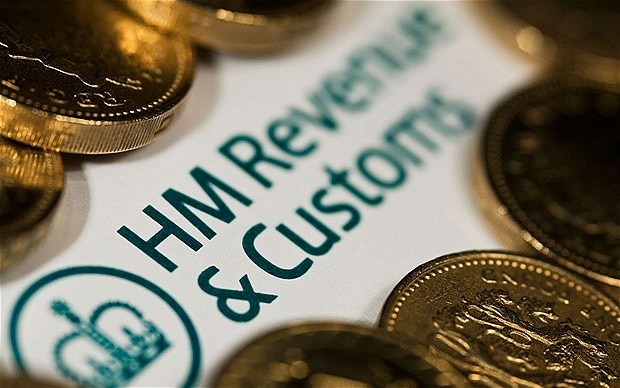Business Putting cash under mattress still not your best option (10
Post on: 1 Август, 2015 No Comment

Monday, October 7, 2002
By Jeannine Aversa, The Associated Press
WASHINGTON — In these days of a roller-coaster stock market, rock-bottom interest rates and economic uncertainties, stashing those hard-earned dollars under the mattress or burying them in a coffee can in the backyard might seem like the best options.
But financial experts say investors shouldn’t lose heart. There still are ways to make those dollars grow. It’s a good time for people to sort out their investment objectives, decide how much of a risk they want to take and shop around for better rates of return.
For those craving safety, U.S. savings bonds — backed the U.S. government — are considered the world’s safest investment and are currently fetching rates close to 4 percent, which is looking pretty good these days.
With mortgage rates low and house values rising, buying a home can be a good investment, analysts say. For those who want safety but are willing to take more risk — and potentially earn high rates of return — bonds of blue-chip companies might be an option, they add.
Right now, many individual investors are gravitating toward risk-free investments, regardless of low returns. Their primary aim is to preserve capital, said Greg McBride, a financial analyst with Bankrate.com. an online financial information service.
Good bargains out there
Even so, financial experts say this is a good time for individual investors to take advantage of the stock market slide and pick up some high-quality stocks.
Stocks are good bargains for people and should not be counted out, said Scott Kays, a financial planner and president of Kays Financial Advisory Corp. These are incredible prices to be buying at. You can build a high-quality portfolio of undervalued stocks and don’t have to go with risky companies to do that.
For the long haul, stocks are hard to beat, Kays and other financial planners say.
Some common advice from the experts: Do your homework, diversify and come up with a plan to allocate your assets and stick with it. Finally, if something sounds too good to be true, it probably is, experts warn.
With interest rates at some of their lowest levels in four decades, financial experts say savers should park their money in products with short maturities so they’ll be in position to lock in better deals when interest rates go up. Some suggest short-term corporate notes, with maturities of two or three years. Many suggest six-month or three-month certificates of deposit. Others suggest two-year CDs, which offer higher rates.
Shopping around for the best returns can pay off.
According to information tracked by Bankrate.com. the nationwide average yield on a bank money market account, another safe option, was just under 1 percent, but some banks are offering money market yields of more than 2 percent.
A three-month CD carried a nationwide average yield of 1.45 percent, McBride says. But yields of 2.25 percent or higher are available for minimum deposits of at least $1,000, he said. Similarly, the national average yield on a six-month CD is 1.55 percent, but higher yields of around 2.5 percent are available with minimum deposits of at least $500, he said.
The nationwide average yield for two-year CDs is 2.28 percent, says McBride. Bankrate’s survey is based on products offered by banks and thrifts and doesn’t include credit unions.
Consider two-year CDs

Stephen Brobeck, executive director of the Consumer Federation of America, suggests that savers seeking higher rates might consider two-year CDs from a credit union — if they belong to one — or an online bank, where rates can be in the 4 percent range. Brobeck and others say that credit unions and online banks often offer higher rates than traditional banks.
Traditional savings bonds, meanwhile, currently carry interest rates of 3.96 percent, while inflation-indexed savings bonds carry a rate of 2.57 percent. Savings bonds sales have been brisk this year. For this fiscal year through August, savings bonds sales totaled $9.63 billion, compared with $6.64 billion for the entire 2001 fiscal year.
Just a few years ago, people were so fixated on plowing their money into the stock market that they thought diversification was buying some dot.com stocks, jokes Carl Tannenbaum, chief economist with LaSalle Bank. For most working people, a rough rule of thumb for your investment portfolio is to have 60 percent in stocks, 30 percent in bonds and the remaining 10 percent in cash, Tannenbaum says.
Sometimes it is not the return on principal but the return of principal, he said. Never discount the value of having stodgier things in your portfolio.
Financial experts also say people shouldn’t blindly follow the investment herd.
Chasing the market is a guaranteed plan to fail and that is what 95 percent of investors do, said financial planner Judith Shine, president of Shine Investment Advisory Services. She said even people nearing retirement should have some money in stocks. If you can’t handle stocks — if that’s who you are — you better find a part-time job and spend less, she said.
Said Lynn Reaser, chief economist with Banc of America Capital Management: This is not the time to panic and go only to safe havens.
See inaccurate information in this story?
Posting a comment requires free registration. If you already have an account on seMissourian.com or semoball.com, enter your username and password below. Otherwise, click here to register.














